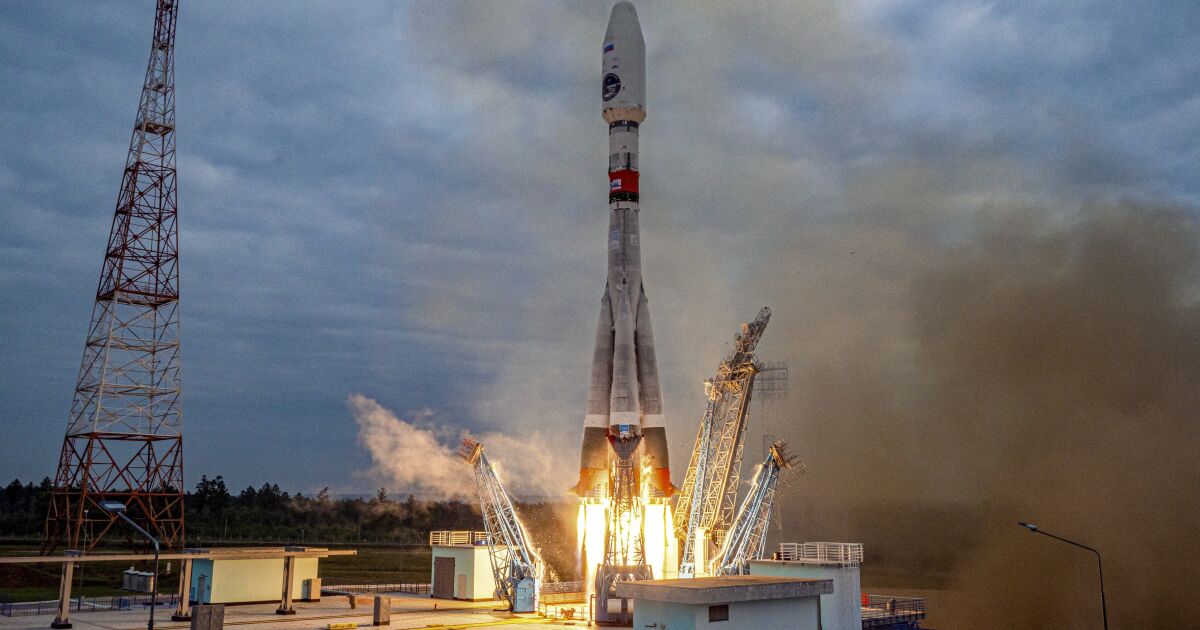TALLINN, Estonia (AP) — Russia’s Luna-25 spacecraft missed its planned trajectory and crashed into the moon, the Russian space agency Roscosmos said on Sunday.
“The rover drifted into an unpredictable orbit and came to a halt as a result of a collision with the lunar surface,” the agency said in a statement.
Roscosmos said it lost contact with the spacecraft on Saturday as it prepared to enter a pre-landing orbit after experts reported an “unusual situation” that was being investigated.
“During the operation, an unusual situation occurred in the automated station, which did not allow the maneuver to be carried out within specified parameters,” Roscosmos described in a Telegram release.
The spacecraft is scheduled to touch down on the moon’s south pole on Monday, before the Indian spacecraft rushes to land on Earth’s satellite. The moon’s south pole is of particular interest to scientists, who believe water may exist in the permanently shadowed polar craters. Water frozen in rocks could be turned into air and rocket fuel by future explorers.
The launch of the Luna-25 spacecraft, which took place on August 10 from the Vostochny spaceport in Russia’s Far East, was Russia’s first since 1976 when it was part of the Soviet Union.
On Saturday, the Russian spacecraft released its first results. Although Roscosmos indicated that the information is still being analyzed, the company said that the initial data received contained information about the chemical composition of the lunar surface and that its team had recorded a “micrometeorite impact”.
Roscosmos released images of the third largest Zeeman crater on the Moon’s southern hemisphere taken from the spacecraft. The crater is 190 kilometers (118 miles) in diameter and eight kilometers (five miles) deep.
Only three governments have successfully landed on the moon: the Soviet Union, the United States, and China. India and Russia want to be the first to land on the South Pole of the Moon.
Roscosmos has admitted that it wants to demonstrate that Russia is “a state capable of carrying a payload to the Moon” and “ensuring Russia’s guaranteed access to the lunar surface.”





:quality(85)/cloudfront-us-east-1.images.arcpublishing.com/infobae/KTKFKR763RBZ5BDQZJ36S5QUHM.jpg)